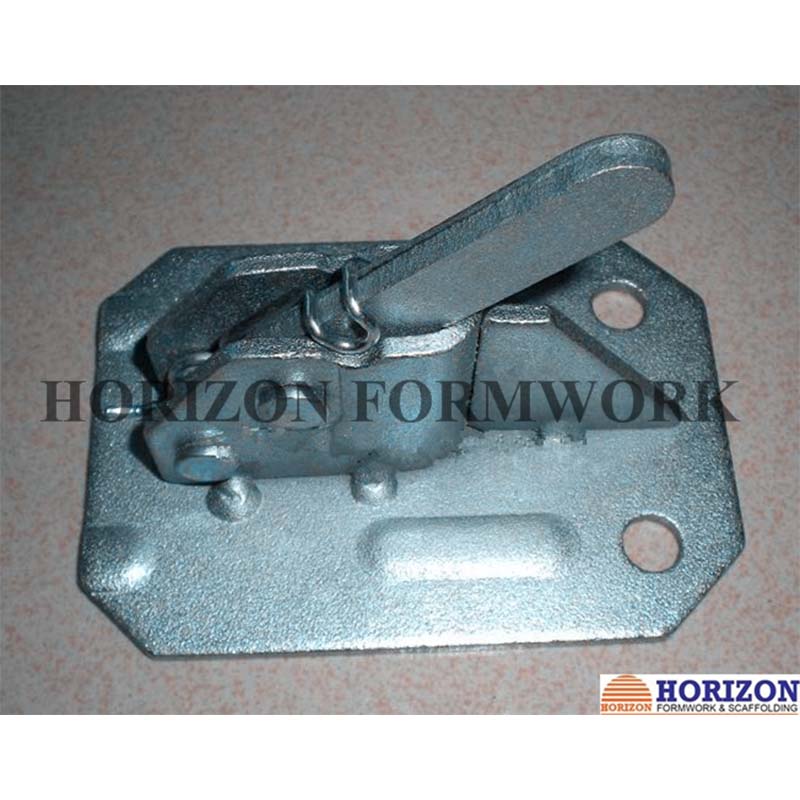Nov . 09, 2024 08:27 Back to list
Custom Formwork and Shuttering Solutions for Construction Projects
Exploring OEM Formwork and Shuttering Innovations in Construction
The construction industry has seen significant advancements in technologies and methodologies that streamline processes and enhance productivity. One such development is the use of OEM (Original Equipment Manufacturer) formwork and shuttering systems, which play a crucial role in shaping the structure of buildings, bridges, and other infrastructures. This article delves into what OEM formwork and shuttering are, their advantages, applications, and the emerging trends transforming the construction landscape.
Understanding OEM Formwork and Shuttering
Formwork refers to temporary molds used to hold concrete in place until it sets and gains sufficient strength. Shuttering, on the other hand, is a specific type of formwork used for vertical structures, such as walls and columns. Rather than using traditional methods, which can be labor-intensive and time-consuming, OEM formwork and shuttering systems are designed by manufacturers to optimize efficiency and quality.
OEM formwork systems are customized solutions that adhere to specific project requirements. They can be made from various materials, including plywood, steel, aluminum, and plastic, catering to different structural needs. By sourcing formwork from established OEMs, construction firms can ensure that they are using high-quality products that meet international safety and performance standards.
Advantages of OEM Formwork and Shuttering
1. Customization One of the most notable benefits of OEM formwork is the ability to create tailored solutions that align with project specifications. This customization allows engineers and architects to design complex shapes and structures, ensuring aesthetic and functional excellence.
2. Enhanced Efficiency OEM systems are designed for quick assembly and disassembly. The prefabrication of formwork components significantly reduces the time needed for installation, leading to faster project completion.
3. Cost-Effectiveness While the initial investment in OEM formwork may seem higher than traditional methods, the long-term savings are substantial. Reduced labor costs, minimized material wastage, and shorter construction times lead to overall financial benefits.
4. Improved Safety Modern OEM formwork systems often include built-in safety features, reducing the risk of accidents on construction sites. By utilizing well-designed shuttering, workers can perform their tasks more securely, promoting a safer working environment.
5. Quality Control OEM manufacturers adhere to strict quality standards, resulting in more durable and reliable formwork systems. This consistency in quality enhances the overall integrity of the constructed structures.
Applications in Construction
oem formwork and shuttering

OEM formwork and shuttering systems are versatile and can be employed across a wide range of construction projects
. Some common applications include- High-Rise Buildings The construction of skyscrapers often requires formwork that can support significant loads while maintaining precision. OEM solutions provide stability and speed essential for high-rise developments.
- Bridges and Overpasses The unique geometries and structural demands of bridges necessitate advanced formwork systems. OEM manufacturers can develop bespoke solutions that ensure the structural integrity and aesthetic appeal of such infrastructures.
- Residential Buildings For residential developments, OEM formwork can expedite the building process while maintaining high standards of finish and durability. Customization allows for diverse architectural styles.
Emerging Trends
As the construction industry continues to evolve, so does the technology behind formwork and shuttering. A few notable trends include
- Sustainability There is a growing emphasis on using eco-friendly materials for formwork and shuttering. Manufacturers are innovating with recyclable and reusable options to reduce the environmental footprint of construction projects.
- Digital Integration The integration of digital tools, such as Building Information Modeling (BIM), is transforming the design process for OEM formwork. This technology enables more precise planning and reduces the likelihood of errors during construction.
- Automated Construction With advancements in robotics and automation, the future of formwork may involve automated systems that require minimal human intervention, thus enhancing efficiency and safety.
Conclusion
OEM formwork and shuttering are revolutionizing the construction landscape, offering customized, efficient, cost-effective, and safe solutions for a variety of projects. As the industry embraces innovation and sustainability, the role of OEM systems is likely to expand, paving the way for smarter construction practices that will shape the cities of tomorrow. Whether it's a towering skyscraper or a modest residential building, the impact of high-quality formwork and shuttering will continue to resonate throughout the sector, driving progress and excellence in construction.
-
High-Quality U Head Jack Scaffolding – Reliable Scaffolding Jack Head Manufacturer & Factory
NewsJul.08,2025
-
High-Quality I Beam H20 Leading Timber Beam H20 Material Factory, Exporters & Manufacturers
NewsJul.08,2025
-
High-Quality Powder Coating Steel Formwork - Durable & Corrosion Resistant Solutions
NewsJul.07,2025
-
Inclined Column Formwork Supplier – Durable & Precise Solutions for Unique Structures
NewsJul.07,2025
-
High-Quality Water Stop Solutions Trusted Water Stop Company & Suppliers
NewsJul.07,2025
-
High-Quality Formwork Material Supplier Reliable Manufacturer & Factory Solutions
NewsJul.06,2025